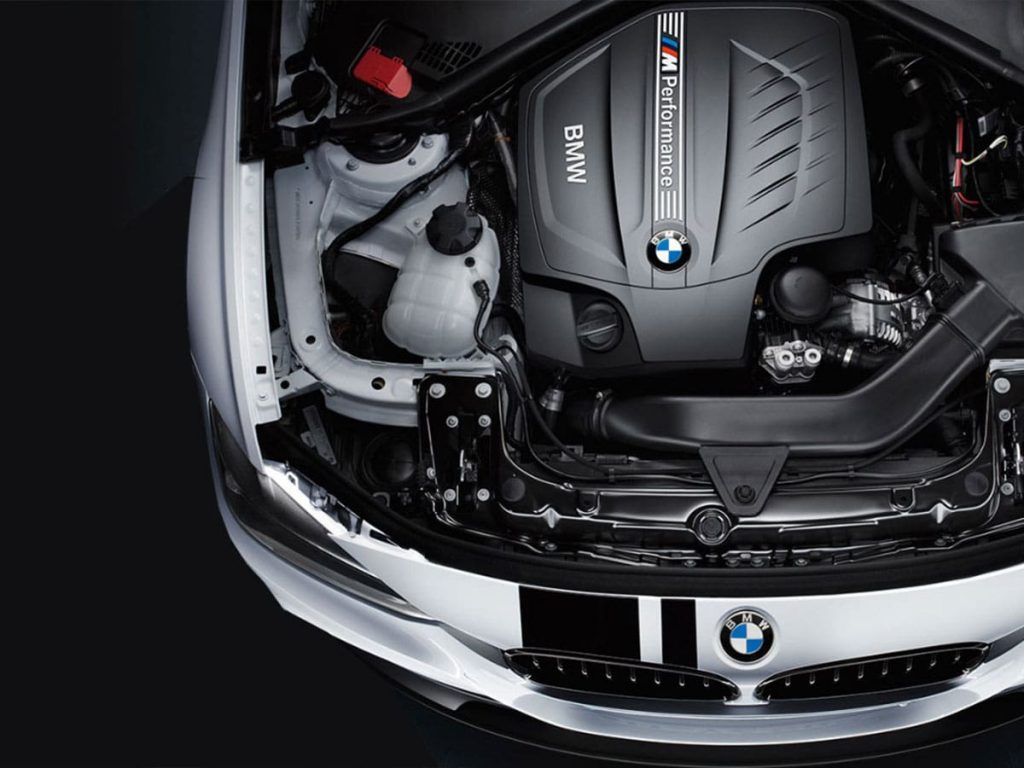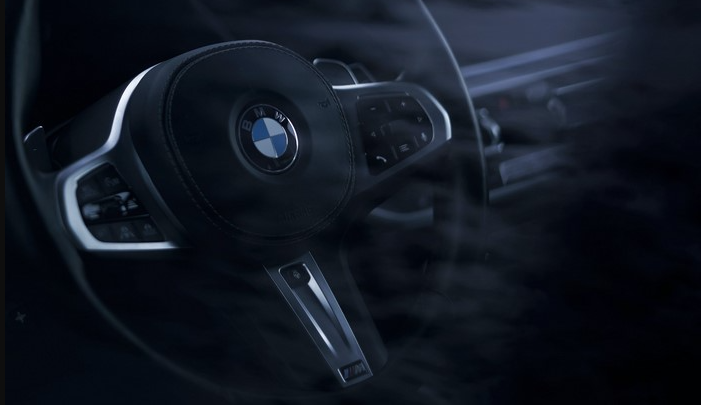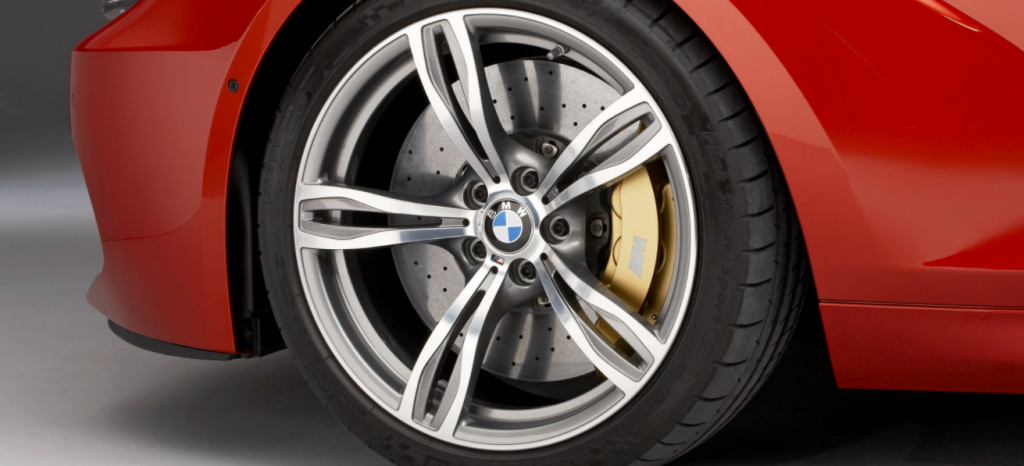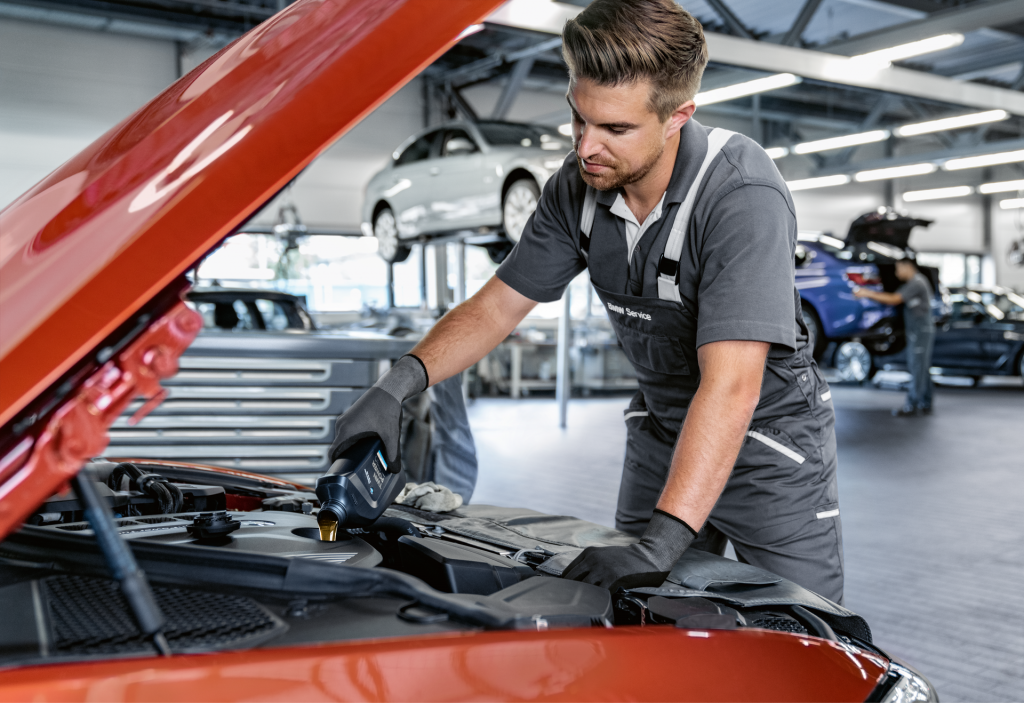
Specialists at BMW of Grand Blanc understand how important it is for you to take good care of your vehicle. Whether it’s a little do-it-yourself or bringing your car in to see one of our mechanics. This week, we’d want to assist you in preparing yourself and your vehicle for the impending winter weather. What do you mean by that? We’re talking about the fluids that live inside your car, and we’re going to tell you what to do if you’re out of gas and need to fill up. And, as always, we’re reminding you what these fluids are supposed to do in case you forgot or need a reminder. So grab a pen and paper, sit back, and take notes on your vehicle’s fluids! When you’re done, we recommend that you plan a service appointment and take advantage of a servicing bonus. We look forward to seeing you soon at BMW of Grand Blanc.
Vehicle Fluids:
Windshield Washer Fluid
- Its function: Windshield wiper fluid is a fluid for automobiles that is used to clean the windshield with the windshield wiper while driving. Dust, debris, bugs, and, in the winter, ice and snow can all be removed with this method.
- Maintained: Washer fluid should be replaced at every service interval, whenever it runs out, or when the seasons change. Bug wash is a soapy solution that works wonders on bugs and debris on the windshield. If you used insect wash in your windshield washer reservoir during the summer, empty it before winter. In the winter, use windshield washer de-icer to keep your washer system from freezing up. When sprayed against the glass, it is also effective for cleaning ice and snow from the windshield.

Fluid for Power Steering
- What it does is this: The hydraulic fluid used in the steering system to form a hydraulic link between the steering wheel and the front wheels is known as power steering fluid. The amount of effort necessary to turn the wheels is reduced as a result. The steering system’s moving elements are also lubricated using power steering fluid.
- Where to look for it: The reservoir for your power steering fluid is located at the base of the windshield under the hood.
- What you should do is: Because power-steering fluid isn’t typically included among the components that should be replaced as part of routine maintenance, it’s up to the owner to do so on most vehicles. Some manufacturers, however, recommend having a mechanic flush the system on a regular basis.

Break Fluid
- What is Does is this: Brake fluid is a liquid chemical solution that is utilized in modern cars’ hydraulic braking systems. It’s made to transform the force of your foot on the brake pedal into pressure on your car’s brakes. It would take a lot more than your foot to stop your car if you didn’t have brake fluid!
- Where to look for it: The brake fluid reservoir is positioned on top of the master cylinder, which is normally found in one of the engine compartment’s back corners. The brake fluid level should be around the high marking on the reservoir, just like other car fluids.
- What you should do is: Brake fluid should be changed every 20,000 to 40,000 miles on average. Open your owner’s manual to learn when your brake fluid should be changed. If a brake warning icon appears on the dashboard, it’s possible that the braking fluid needs to be inspected. Another clue that your brake fluid needs to be checked is if your brake pedal reacts slowly.

Engine Oil
- What is does is this: The many moving elements of an engine are lubricated by motor oil, which helps to prevent damage and keeps your engine operating smoothly. By-products of combustion are gathered in your engine oil every time it operates.
- Where to look for it: The oil level dipstick has been replaced in newer BMW models by a sensor in the oil pan. If the oil level inside the oil pan falls below the safe level, the sensor should alert you. The engineers who designed the engines compute this quantity.
- What you should do is: If your automobile indicates that your oil needs to be changed, please contact us to set up an appointment. However, if you prefer a hands-on approach to automobile ownership, we recommend reading your owner’s manual to learn how to change the oil and which oils are recommended. Visit our parts department for all of your BMW requirements.

Coolant
- What is does is this: In the summer, the coolant absorbs the heat from the engine and prevents the engine water from boiling. It also prevents metal parts from rusting and rubber or plastic parts from corroding. In the winter, coolant/antifreeze lowers the freezing point and avoids freeze-up, which can cause an engine block to crack. Anticorrosion chemicals in the coolant prevent scale and lime buildup in the radiator and heater core, which is critical for keeping your passengers warm.
- Where to look for it: The coolant cap is located near the radiator in a reservoir; please reference your owner’s manual before performing any work on your vehicle. If you’re unsure, please contact us and we’ll be happy to answer any questions you have or provide service for your vehicle.
- What you should do: If your coolant level is low and you need help topping it off or having a coolant flush done, we can help. Please do not hesitate to contact us if you require any BMW servicing.




